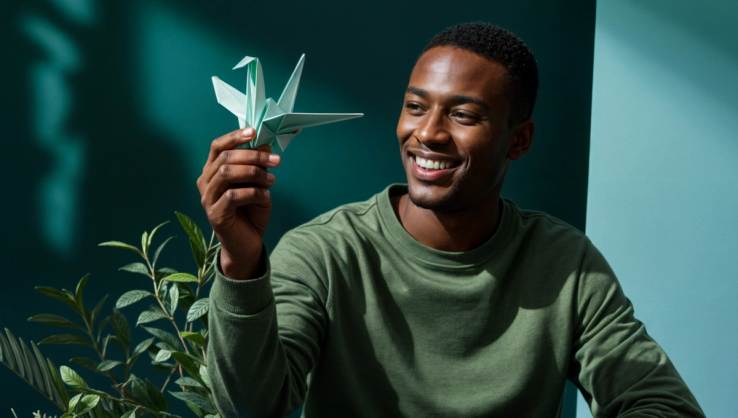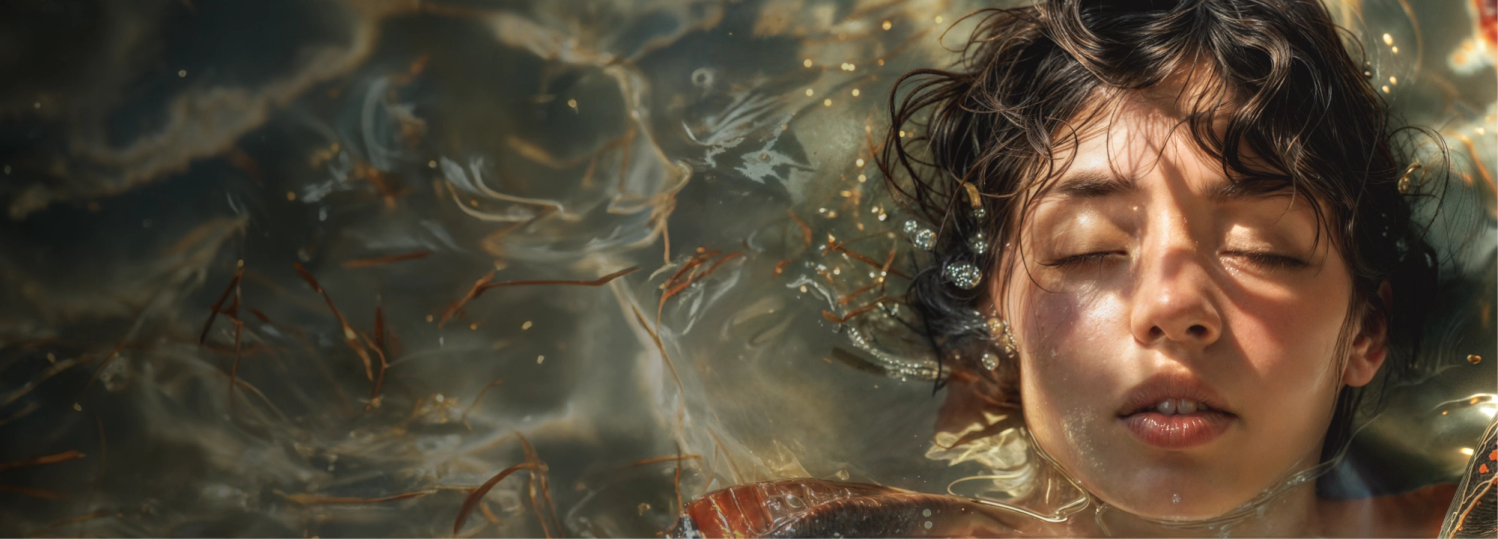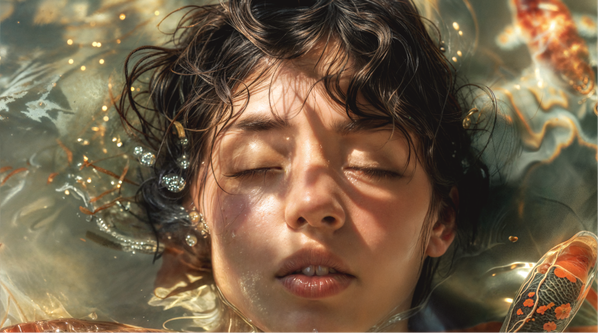
How AI is Changing Creative Work, According to Manuel Berbin
Published 22 Apr, 2024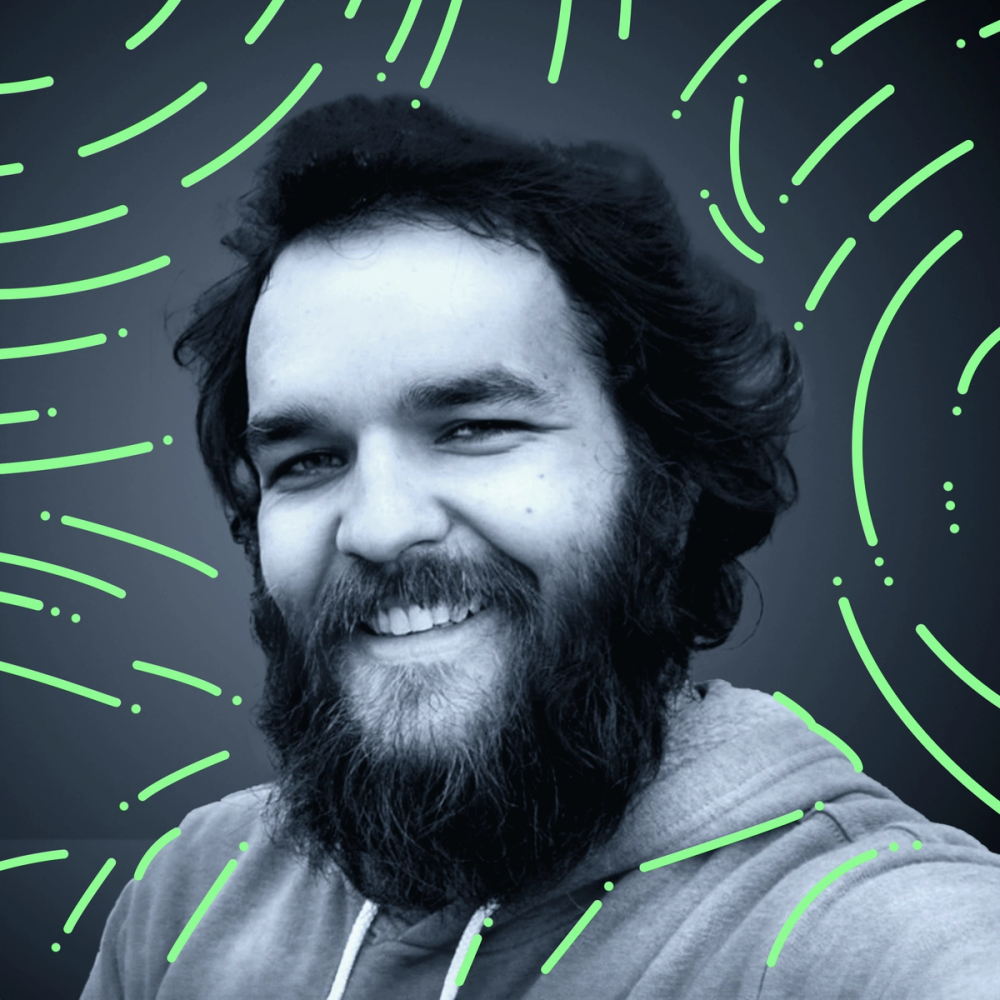
How should creatives and marketers prepare for the impacts of AI on creative work? Manuel Berbin, AI Creative Lead at Superside, shares what he sees as pros and cons so you can be informed and be more confident embracing these tools instead of fearing them.
Creatives and the people who depend on their work are on the cusp of a revolution. Generative AI tools are allowing just about anyone to pump out ad creative, copy and even serviceable marketing videos.
While some creatives are sounding the alarm or clamoring that they’re being replaced, Manuel Berbin, AI Creative Lead at Superside, argues it’s not all doom and gloom. Adopting AI tools will solve problems at the core of the creative process.
He also cautions that some challenges will come from widespread AI adoption and creatives will need to adapt.
Here’s what he had to say.
What’s AI Changing About Creative Work?
Until now, visual artists, designers, writers, and other creatives were a relatively scarce means of production. We weren’t that easy to replace. Generative AI is quickly changing that.
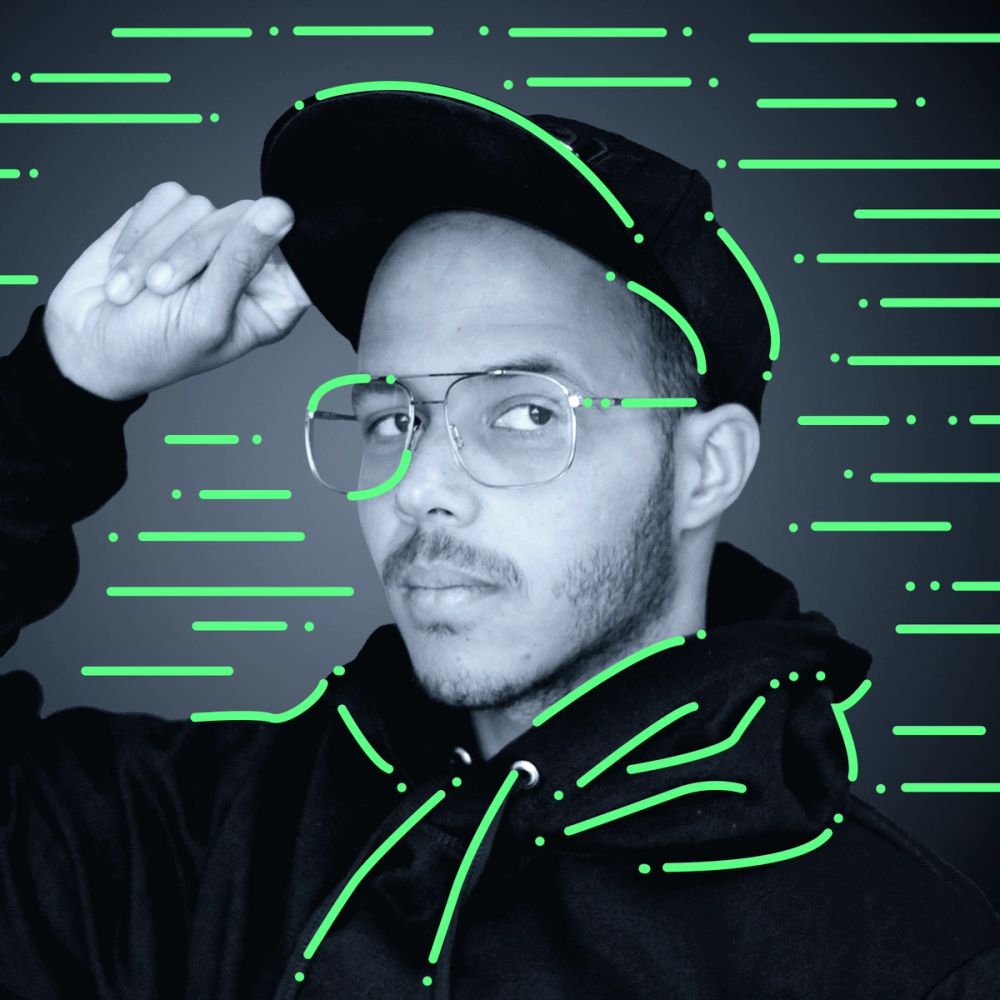
In just a sentence? The access to “good enough.” Before the rise of generative AI, creatives held a monopoly over much of the creative process. You could pretty easily tell the difference between a paid ad made by an expert and one that had been thrown together by someone with a very different skill set.
But as AI tools become more and more accessible, everyone can generate visuals and copy. For a lot of brands, the output from these AI tools will be just “good enough” to meet their needs. Understandably, many creatives are frustrated and fearful of this change. Some think they’re being replaced while others wish their customers had a bit more discernment.
Instead of Avoiding AI, Creatives Need to Understand AI and Its Impact on Creative Processes
The Industrial Revolution made artisans and other craftsmen redundant—at least as far as mass consumption was concerned. But it didn’t make every human involved redundant. Instead, it just centralized the value of human input in the design process. The people who made chairs were replaced by machines, but not the people who designed these chairs.
Designers and other creatives who create marketing campaigns have one key advantage here. They’re both making the chairs and designing them. For Berbin, creatives need to become the lynchpins of the creative process rather than just being responsible for the end result.
I like to think of AI tools as employees. Creatives need to learn how to speak to them, manage them, and provide feedback. You’ll manage a space ripe for creative results while embracing a degree of chaos and variability.

The Challenges of Creative Work (Solved by AI)
These challenges predate AI by centuries. Some are inherent to any sort of customer work while others are unique to working in a creative field. Here are just a few of them—and how AI is already transforming them.
Scarcity
Creatives might not exactly be in short supply, but there definitely aren’t enough to go around. That makes it tough for companies to find skilled workers to meet their creative needs or replace workers when they leave. And if you’re a creative, you (or your organization) are probably struggling to sift through the deluge of requests you get to find the ones worth taking on.
AI is both a productivity enhancer and a skill pool. It allows creatives to get more work done more quickly, which is great for the bottom line. But it also empowers non-creatives to tackle tasks that would just be busy work for you.
Greater design diversity is just one of the benefits linked to the future of AI in design.
Just getting things done
The most valuable team members have been those who can craft engaging narratives within the constraints of efficient production budgets and schedules. That means applying creative problem-solving to not just storytelling but resource management, as well.

Production needs have accelerated tremendously in the past few years while budgets haven’t always kept up.
Think about it. 10 years ago, you might have been expected to create a few paid ads, a YouTube video, or a few blog posts within a week and that would have been a significant workload.
With the multiplication of platforms, the proliferation of paid advertising, and the budget race to the bottom, creatives are doing way more work with the same resources.
AI accelerates tons of time-intensive processes, from pre-visualization to concept creation and even aspects of post-production, helping you meet these ever-accelerating timelines.
👉Enjoying this article? Read about 7 AI design trends, as predicted by Superside experts, including Berbin.
Keeping up with the pace of change
As time marches forward, creatives have to continually adapt to keep up with new tools, new practices, and even new expectations. Your attention is scattered throughout all the different avenues where these changes might come from, so how are you supposed to get anything done?
AI centralizes at least some of this change, especially at this moment when everyone is fully on board the hype train. By focusing on keeping up with AI developments, you can regain some of that scattered attention and get back to doing the things that matter.
New Obstacles for AI-Enhanced Creative Work
While creatives can massively benefit from the proliferation of AI design tools, some problems come with this, too, and you’ll have to keep an eye out for them.
Managing expectations
Like with the dot-com bubble, AI is quickly becoming a venture capital ‘slap-on’ sticker term. The market is full of hype and unrealistic expectations.

While AI will help creatives meet more of a customer’s expectations—whether in terms of pure output or the speed at which work can be delivered—there will be a whole new batch of expectations to manage.
Stakeholders will still expect every aspect of your work to be faster and cheaper, citing AI as the solution to all creative problems. While AI can meet some of these expectations, you’ll need to equip yourself with patience to manage the hype around these tools and bring stakeholders back to reality.
Uninspired, under-curated sameness
Mass production has one great flaw: everything feels the same. When you get your chairs from a flat-pack meca popular with the masses, you’re buying into convenience and cost savings by sacrificing freshness and uniqueness. That may not be an issue when you’re furnishing a starter apartment or testing a DIY idea, but it can hamstring your creative campaigns.
The campaigns that create massive success are the ones that stand out from the pack and challenge people’s expectations of what advertising can be. Processes that are overly reliant on misdirected AI or ineffective prompts and tooling can’t produce the kind of creativity and emotional triggers required to drive successful campaigns.
“It’s hard to be authentic living in an artificial world.” Creative leaders like Pum Lefebure, Co-founder and Chief Creative Officer at Washington, D.C.-based agency Design Army agree. Lefebure adds, “AI won’t just make things because it’s bored. It might someday, but today, it takes a human to prompt an idea that is uniquely distinct to that creator.”
The false security of the safer bet
Less time, bigger expectations and continually ‘safer’ bets will mean more fed-up creatives going through the motions to survive, being bored to death while staying busy using AI tools to churn out ads 24/7.

The homogeneousness that comes from mass production isn’t just inherent to the process used, it’s something both creatives and stakeholders are in danger of falling back on.
Stakeholders want deliverables they know will work. Even before AI was involved, there was a reluctance to try new things and take risks. But how much more of an issue will that be when everything else already looks the same?
On the creative side, the pressure to get things done will make it easier to rely on the AI models a little too much. Creatives will have to remember the joy of taking risks and go out of their way to find methods for reconnecting with the artistic and expressive side of their work.
👉For more expert insights, read what John Maeda, VP of Artificial Intelligence and Design at Microsoft thinks about AI and creativity.
Be Wise and Purposeful in How You Adopt AI
If you’re a creative, navigating the changes AI adoption is bringing to your work will be challenging. You’ll have to strike the right balance between relying on AI tools to meet your customers' ever-growing expectations and holding on to the artistic spark that makes your work worth making.
If you’re a marketer feeling the need to integrate AI into your campaigns, know that you don’t have to do it alone. Superside’s AI-enhanced design services let you benefit from the advantages of AI without the sacrifices that come from figuring it out all on your own. If you want quality work in a fraction of the time, we can help you get the right tool—and the right experts—for the job.
Nick is a Content Writer and Strategist specializing in long-form marketing content and turning SEO traffic into paying customers. He's well-versed in the technology industry and pulls from his experience as a marketer who's worked closely with many creatives to craft content for Superside. Two truths and a lie: He's been a professional wrestler, writes on a blue typewriter and reads 100 books a year.






